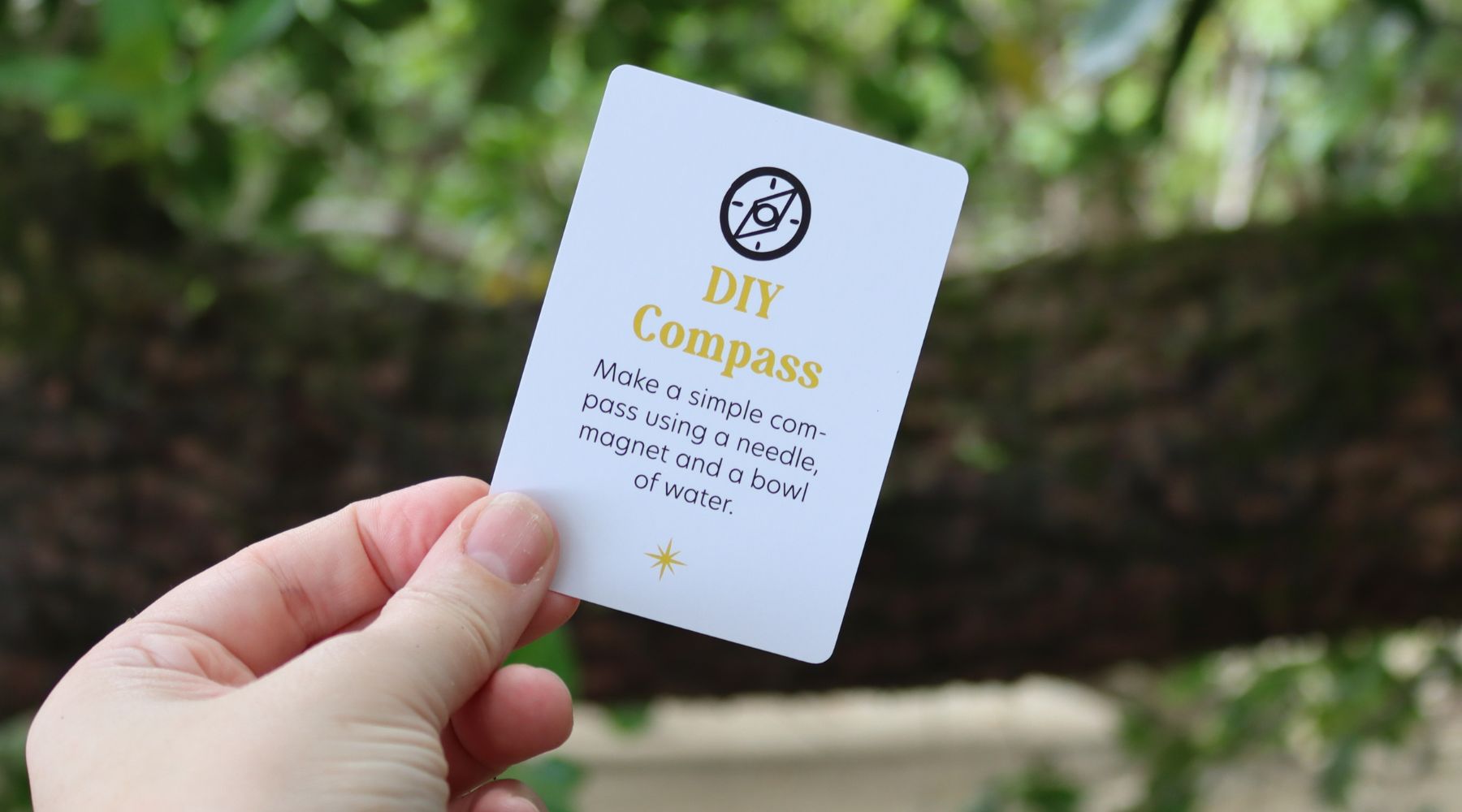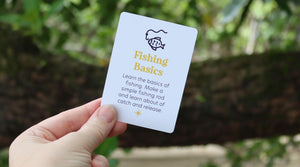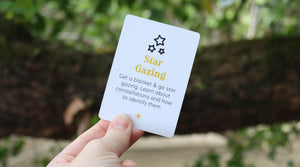Learning how to use a compass is an essential outdoor skill, but did you know you can make your own using just a few simple materials? In this blog, we’ll guide you through creating a homemade compass using a needle, magnet, and a bowl of water. It’s a fun way to learn about magnetism and how it helps us navigate the world.
Materials You’ll Need:
- A small needle
- A strong magnet (like a fridge magnet)
- A small piece of cork or a leaf (to float the needle)
- A bowl of water
- A piece of paper and a pen (optional for labelling directions)
Step-by-Step Guide to Making Your DIY Compass
1. Magnetize the Needle
Take your needle and rub the magnet along its length in one direction about 30-50 times. This will magnetize the needle, turning it into a mini-magnet. Make sure you rub in the same direction each time, as this aligns the needle’s atoms to create a magnetic field.
2. Prepare the Float
Cut a small piece of cork, or if you don’t have cork, you can use a leaf. The float will keep the needle on the surface of the water. Place the needle on top of the cork or leaf carefully.
3. Fill the Bowl with Water
Fill your bowl with water. This will allow the magnetized needle to float freely, which is key to making your compass work.
4. Place the Needle in the Water
Gently place the cork or leaf with the needle on it into the centre of the bowl of water. Let it float without touching it.
5. Watch the Needle Align
After a few moments, the needle will start to move and align itself with the Earth’s magnetic field. The needle will point toward the magnetic north, allowing you to determine which direction is north.
Using Your DIY Compass
Once your needle points north, you can use it to figure out the other cardinal directions:
- North: Where the needle is pointing.
- South: Directly opposite the north point.
- East: To the right when facing north.
- West: To the left when facing north.
You can mark these directions on a piece of paper or on the ground around the bowl to help visualize the compass directions.
How Does It Work?
Your homemade compass works because the Earth itself acts like a giant magnet. The Earth has a magnetic field that pulls one end of the needle toward the magnetic north pole. By magnetizing the needle, you’re creating a mini-magnet that aligns with the Earth’s magnetic field.
Practical Uses for Your Compass
- Navigating outdoors: If you're out hiking or exploring, use your compass to find your way by identifying north and the other cardinal directions.
- Teaching navigation skills: This simple compass is a great way to introduce kids to navigation and how traditional compasses work.
Fun Compass Facts
- Did you know? The first compasses were invented by the Chinese over 2,000 years ago and were made using lodestones, which are naturally magnetized rocks.
- Interesting fact: Earth’s magnetic field isn’t perfectly aligned with the geographical North Pole. The difference between magnetic north and true north is called magnetic declination.



